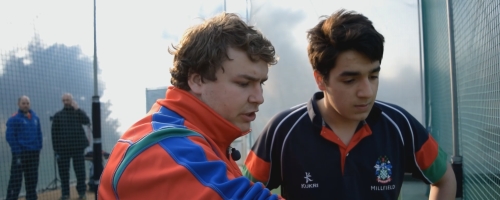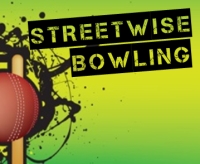
This article is part of the "Streetwise Bowling" series from PitchVision Academy. To view the full list of tactics click here.
Pressure.
That's what makes death bowling so difficult. Any fool can fire a yorker down in a net. Very few can do it in a World Cup Final. And the punishments are severe.
Get it wrong even slightly and you watch the ball sail out of the park.
Get it right and you will be carried off the field on the shoulders of your grateful team mates. So if you are going to specialise and you want some glory then bowl at the death.
There are many theories, so to say there is one perfect way to bowl a death over is a bold claim. I reckon I have the answer though.
It's based on recent research published in International Journal of Performance Analysis in Sport about how winning teams use tactics. The researchers looked at everything from the amount of dot balls and wides, through how many spinners bowled to how many left handers bowled. Every factor was examined.
And they found out 2 things. Here is what they are:
- Name: The Perfect Death
- Bowling Type: Any pace that can bowl bouncers above chest high
- Difficulty Level: 9/10
Ball 1
Nathan Bracken, master of death bowling, talks about "getting in and out of the over". This is a great bit of psychological shorthand. It means that the first ball over the over is focused on stopping runs.
This is because there is a correlation between the score from the first ball of an over and your chance of winning the match.

Yorkers cut the options for a batsman down dramatically and it makes it easy to defend with third man, fine leg, long on, long off, cover and midwicket. It might get you a wicket. It will almost certainly only go for a single.
You have the upper hand.
Ball 2-5
From here on in you have options: Either bowl another yorker or a bouncer.
That's it.
Certainly no length balls. They are tonked.
No slower balls, no slower ball bouncers, no double back flips with twists.
All these tricks have a place, but remember you are under severe pressure: the hopes of your team mates, the aggression of the batsman, the scoreboard. It's all on you. You need to keep it as simple as possible.
Going back to our research, we discover that sides who bowl the most bouncers and yorkers at the death also win the most games. Statistically at least, you are playing the percentages by sticking to very short or very full.
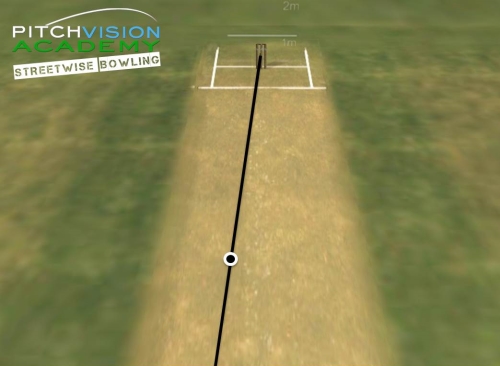
The exact make up is up to you.
Ball 6
However, the last ball is also simple: another yorker. This will get you out of the over without the risk of getting hooked for six.
Of course, the hard part is landing those balls with precision under pressure. If you want some advice on that, check out the videos and worksheets on Ian Pont's online coaching course Beating the Odds.
Good luck and enjoy it. You have your chance to be the hero!
Download and print a pdf version of this article to take to nets: click here.
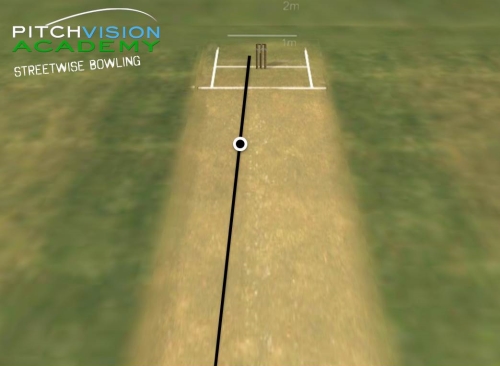
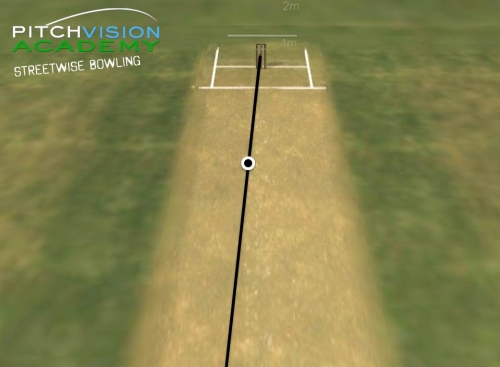

 This is a guest article from former professional bowler, and current Strength, Conditioning and Fast Bowling Coach
This is a guest article from former professional bowler, and current Strength, Conditioning and Fast Bowling Coach 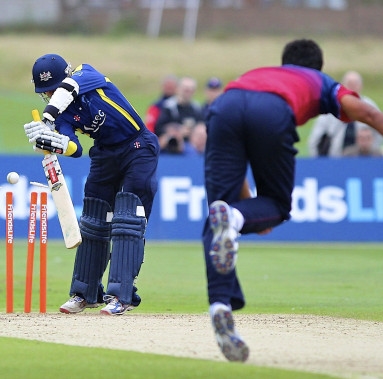 This is a guest article from
This is a guest article from 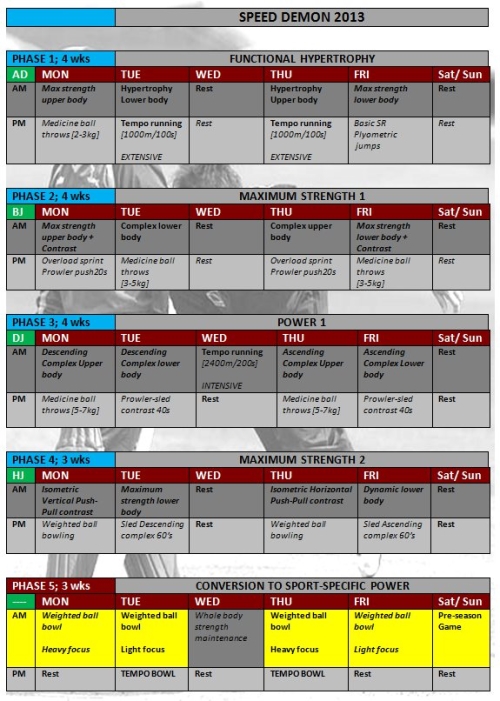
 Speed.
Speed.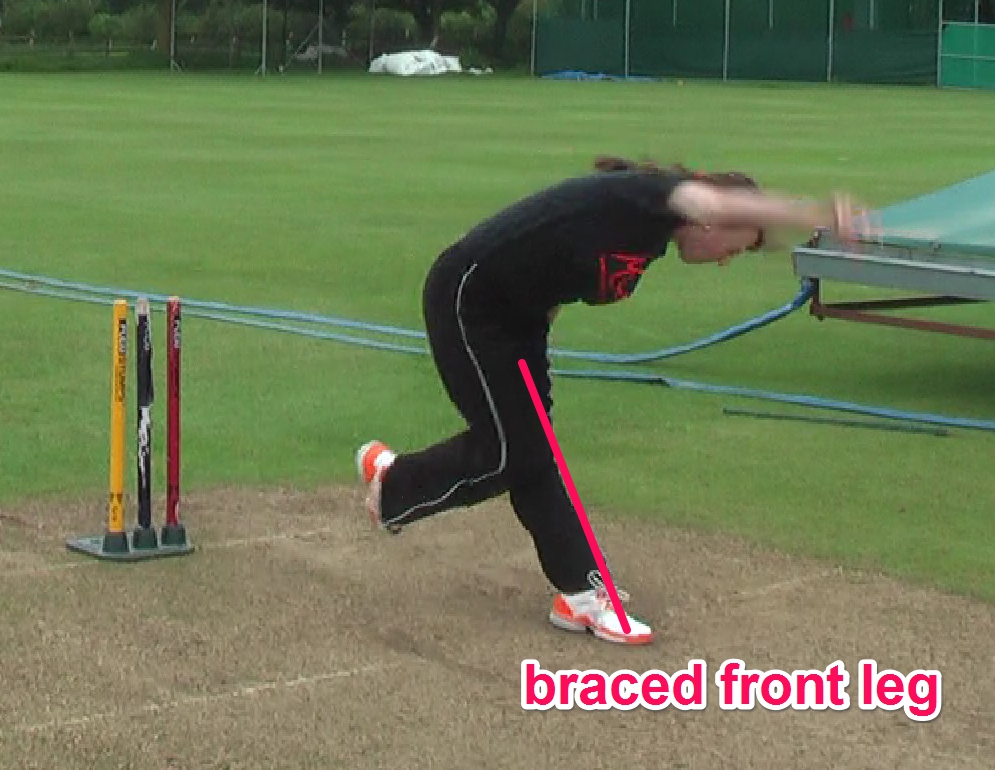
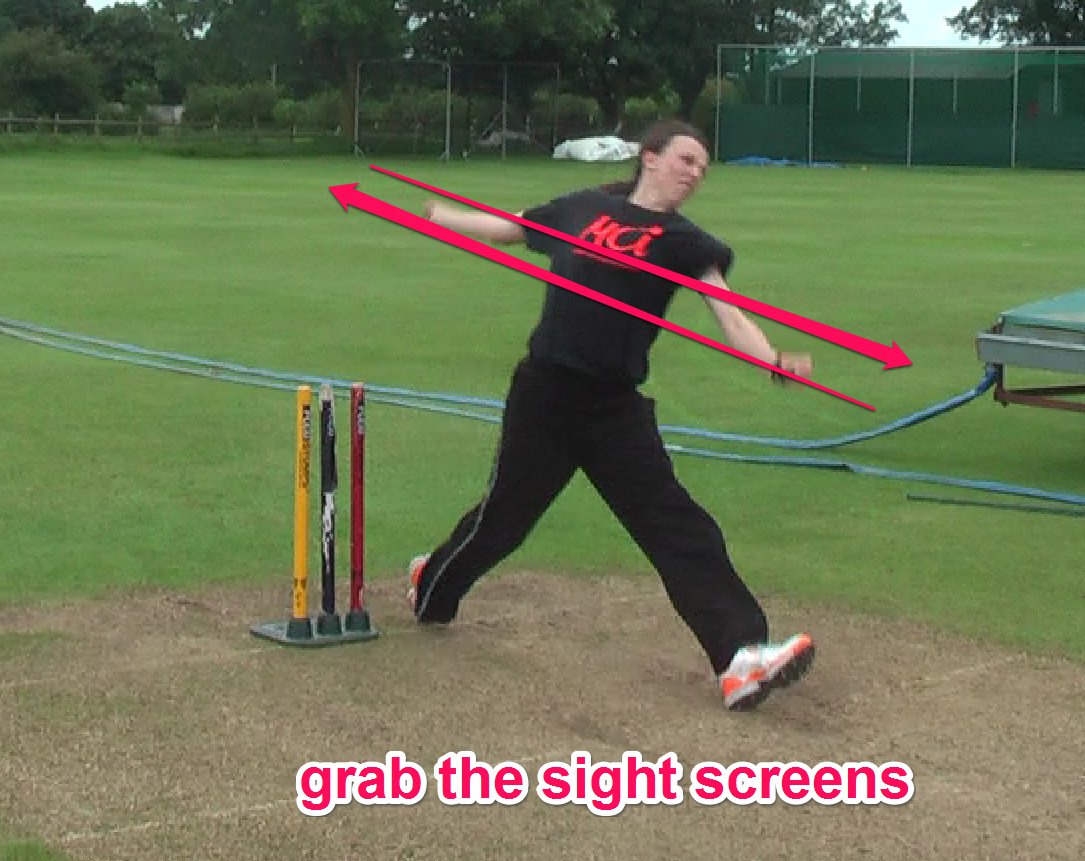

 Want to stop bowling no balls?
Want to stop bowling no balls? In the 2nd Test against England,
In the 2nd Test against England,  I'll cut to the chase; there is a simple change to your bowling action that is a big hitter in fault correction.
I'll cut to the chase; there is a simple change to your bowling action that is a big hitter in fault correction..jpg)

 Has your coach ever said something to you that you don't quite get?
Has your coach ever said something to you that you don't quite get? Let me ask you something; how much better a bowler would you be if you could hit a perfect line and length?
Let me ask you something; how much better a bowler would you be if you could hit a perfect line and length?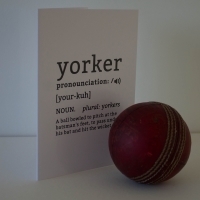 Steffan Jones
Steffan Jones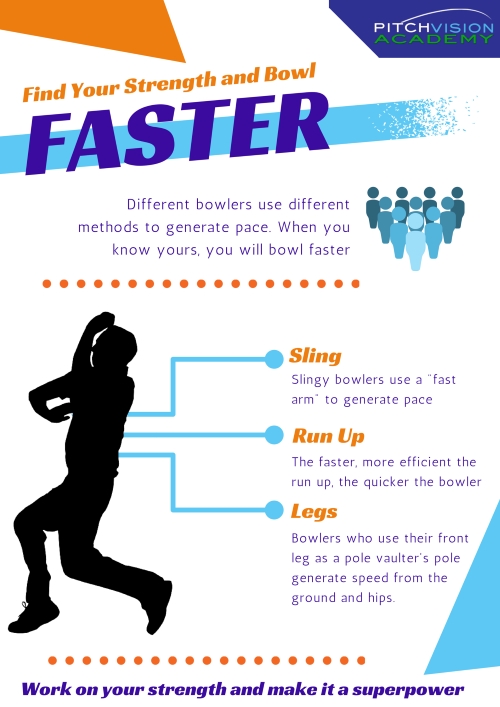
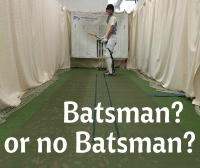 Every team has one.
Every team has one.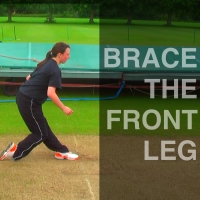 One of the most common pieces of advice from top bowling coaches is to learn to "brace the front leg". But that's a technical term, and it's not obvious to everyone what it means, or how to do it. So, here are more details about how and why you brace the front leg to bowl fast.
One of the most common pieces of advice from top bowling coaches is to learn to "brace the front leg". But that's a technical term, and it's not obvious to everyone what it means, or how to do it. So, here are more details about how and why you brace the front leg to bowl fast.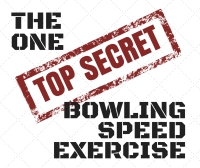 Your hips are the powerhouse of the bowling action: You have leapt to the crease, landed with a braced front leg and there is a surge of energy heading up your body like a pole vaulter's pole sends them over the bar.
Your hips are the powerhouse of the bowling action: You have leapt to the crease, landed with a braced front leg and there is a surge of energy heading up your body like a pole vaulter's pole sends them over the bar.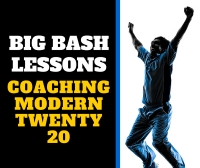 Sam Lavery has been talking about changes in the modern game, and how to apply them at club, school and academy level.
Sam Lavery has been talking about changes in the modern game, and how to apply them at club, school and academy level.